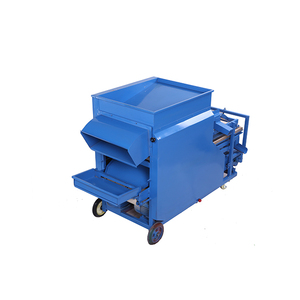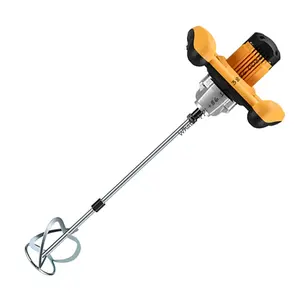Popular in your industry







































































































































































































Top categories
About mealworm farming
Introduction to Mealworm Farming
Mealworm farming is a process of raising mealworms for various purposes, such as animal feed, human consumption, or research. This practice involves breeding and growing mealworms in controlled environments to ensure optimal growth and quality. Mealworms are the larval form of darkling beetles and are rich in protein, making them a valuable source of nutrition for animals like poultry, fish, and reptiles.
Benefits of Mealworm Farming
One of the key advantages of mealworm farming is the high protein content of mealworms, which makes them a nutritious food source for animals. Additionally, mealworms are easy to breed and require minimal space and resources, making them a cost-effective protein source. Furthermore, mealworm farming helps reduce food waste by utilizing organic waste materials as feed for the insects.
Technical Aspects of Mealworm Farming
When engaging in mealworm farming, it is essential to consider the technical aspects to ensure successful cultivation. Temperature control is crucial, with an optimal range between 25-30°C for larval development. Proper ventilation and moisture levels are also key factors in maintaining a healthy mealworm colony. Additionally, providing a suitable substrate for egg-laying and pupation is necessary for the life cycle of mealworms.
Equipment for Mealworm Farming
To facilitate mealworm farming, various specialized equipment can be utilized. Mealworm farming kits often include containers for breeding and housing mealworms, as well as trays for feeding and collecting frass (waste material). Additionally, heating mats or lamps may be used to regulate temperature, while sieves and sifters aid in separating larvae from pupae and frass.
Market Trends in Mealworm Farming
The practice of mealworm farming has gained popularity in recent years due to the growing demand for sustainable protein sources. With the increasing interest in alternative protein options, mealworms offer a viable solution for both animal feed and human consumption. Moreover, advancements in mealworm farming techniques and equipment have made the process more accessible to beginners and commercial operators alike.
Choosing the Right Mealworm Farming Setup
When considering mealworm farming, it is essential to choose the right setup based on your specific needs and scale of operation. For beginners, compact mealworm farming kits with easy setup and maintenance may be ideal. Commercial operators, on the other hand, may opt for larger-scale systems with automated feeding and temperature control features. Evaluating factors such as space, budget, and production goals will help in selecting the most suitable mealworm farming setup.
Conclusion
In conclusion, mealworm farming presents a sustainable and efficient way to produce high-quality protein for various applications. By understanding the technical aspects, benefits, and market trends associated with mealworm farming, businesses and individuals can make informed decisions when venturing into this growing industry. Choosing the right equipment and setup is crucial for success in mealworm farming, whether for personal use or commercial purposes.
































































